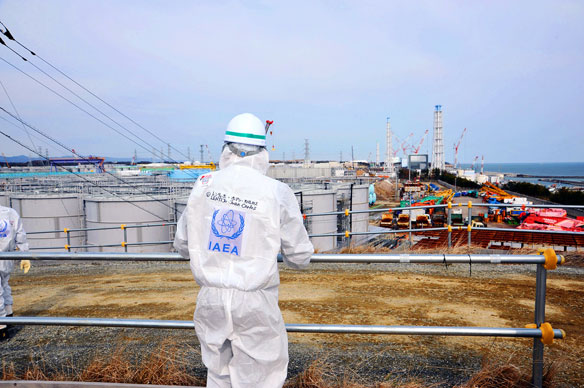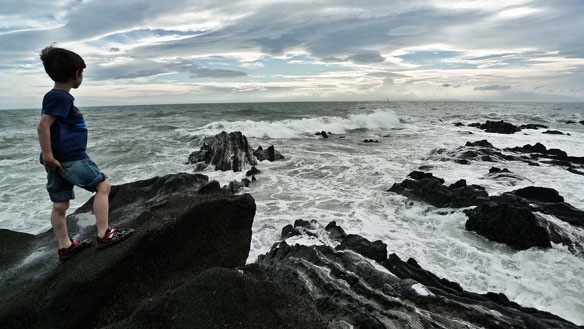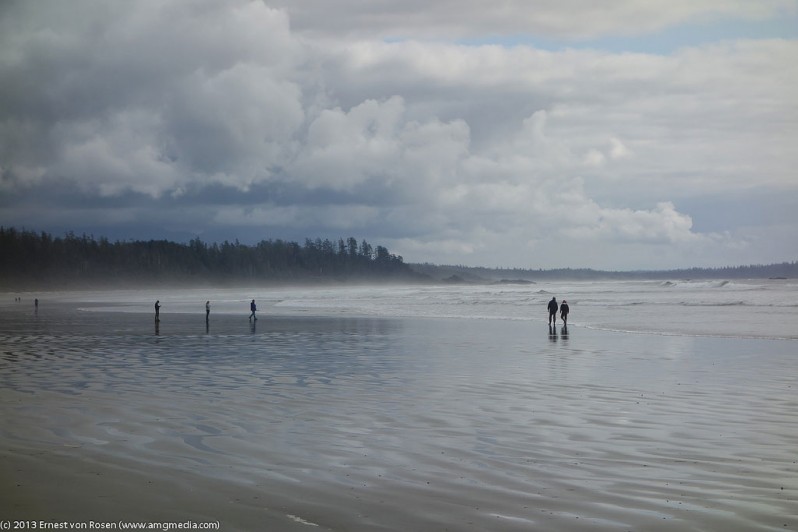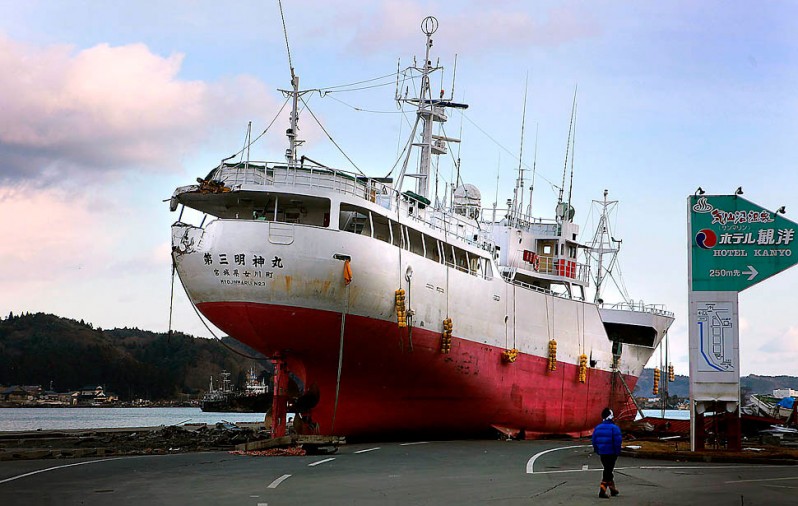Fukushima and the oceans: What do we know, five years on?

A major international review of the state of the oceans five years after the Fukushima disaster shows that radiation levels are decreasing rapidly except in the harbor area close to the nuclear plant itself where ongoing releases remain a concern.
Fukushima Site Still Leaking After Five Years, Research Shows

Five years after the Fukushima nuclear accident, study shows levels of radioactive forms of cesium in the ocean off Japan are thousands of times lower than during the peak releases in 2011, however, analysis of cesium and strontium indicate releases from the plant are not yet “under control,” a statement that has been used by the Japanese government to describe the situation when levels are below regulatory limits.
Higher Levels of Fukushima Cesium Detected Offshore

Scientists monitoring the spread of radiation in the ocean from the Fukushima nuclear accident report finding an increased number of sites off the US West Coast showing signs of contamination from Fukushima. This includes the highest detected level to date from a sample collected about 1,600 miles west of San Francisco.
You Can’t Go Home Again: Rebuilding Lives After Fukushima

Following the 2011 Fukushima meltdown, two photojournalists made multiple trips to the no-go zone, photographing former residents of the region nearly five years later.
Fukushima Dumps First Batch of Once-Radioactive Water in Sea

Japan’s crippled Fukushima nuclear plant Monday began releasing previously contaminated water into the sea.
Examining the Fate of Fukushima Contaminants

An international research team reports results of a three-year study of sediment samples collected offshore from the Fukushima Daiichi Nuclear Power Plant. The research aids in understanding what happens to Fukushima contaminants after they are buried on the seafloor off coastal Japan.
Tokyo Finds High Levels of Radiation in Children’s Park

Authorities in the Japanese capital have cordoned off a playground where high levels of radiation were detected this week, reviving concerns about nuclear contamination four years after the Fukushima disaster.
Trace Amounts of Fukushima Radioactivity Detected Along Shoreline of British Columbia

Scientists at the Woods Hole Oceanographic Institution (WHOI) have for the first time detected the presence of small amounts of radioactivity from the 2011 Fukushima Dai-ichi Nuclear Power Plant accident in a seawater sample from the shoreline of North America.
Japan Mulls Massive, 250-Mile Sea Wall To Fend Of Tsunamis

Four years after a towering tsunami ravaged much of Japan’s northeastern coast, efforts to fend off future disasters are focusing on a nearly 400-kilometer chain of cement sea walls, at places nearly five stories high. Opponents of the $6.8 billion plan argue that the massive concrete barriers will damage marine ecology and actually do little to protect residents who are mostly supposed to relocate to higher ground.
